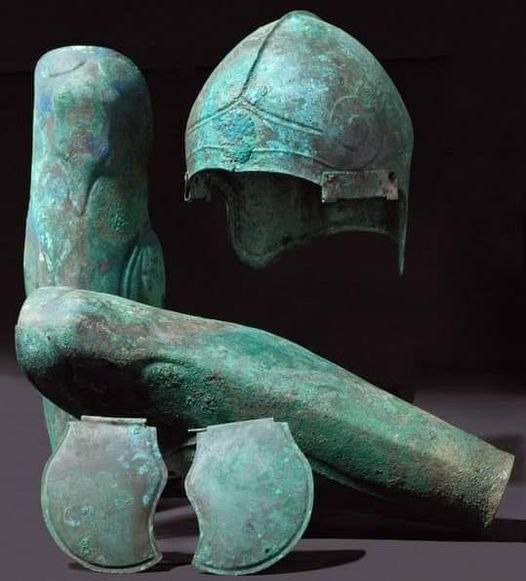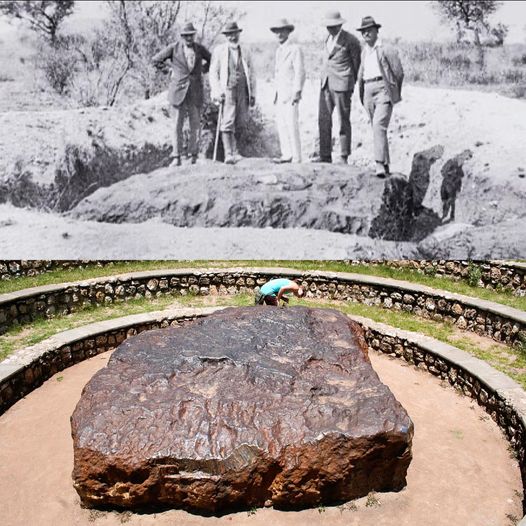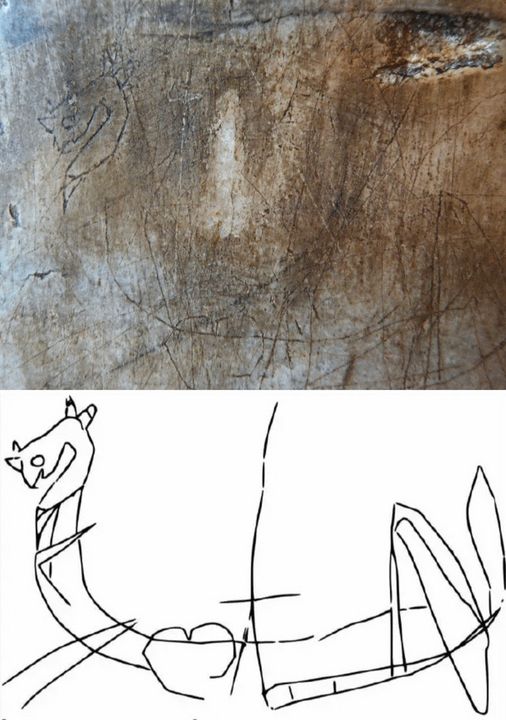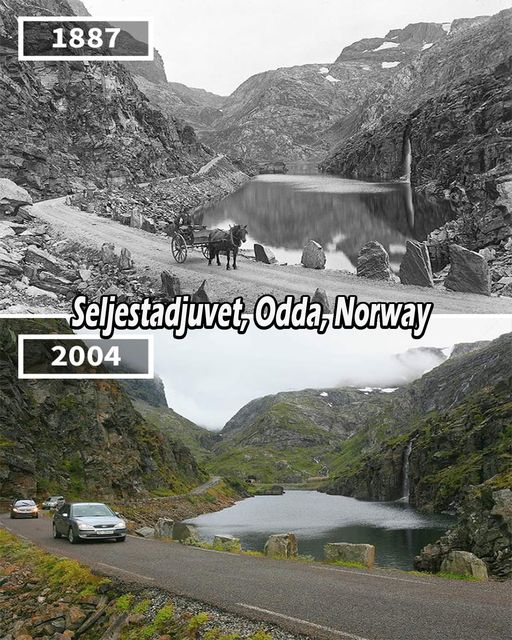Abandoned for 16 years, the Grade II* listed building was incredibly resorted to its former glory,
Nestled in the quaint town of Harwich, England, stands a true testament to the magic of cinema—the Electric Palace. As one of the world's oldest purpose-built cinemas, this historic venue has stood the test of time, enchanting audiences for over a century with its timeless charm and cinematic allure. Join us on a journey to explore the rich history, architectural splendor, and enduring legacy of this iconic cultural landmark.

A Glimpse into the Past: Unveiling the Electric Palace's History The story of the Electric Palace is steeped in history and nostalgia, dating back to its grand opening in 1911. Designed by architect Harold Hooper, the cinema boasted state-of-the-art technology for its time, including electric lighting and a cutting-edge projection system. Its opulent Art Nouveau façade and lavish interior décor transported audiences to a world of luxury and sophistication, making it a beloved destination for moviegoers of all ages. Over the years, the Electric Palace has witnessed the evolution of cinema, from the silent film era to the digital age, yet its timeless charm remains unchanged.
Architectural Marvel: Exploring the Beauty of the Electric Palace Step inside the Electric Palace, and you'll be greeted by a feast for the senses—a symphony of ornate detailing, rich colors, and exquisite craftsmanship. From its elegant foyer adorned with intricate plasterwork to its sumptuous auditorium featuring plush velvet seats and a majestic proscenium arch, every corner of the cinema exudes an air of old-world grandeur. The Electric Palace is not merely a place to watch movies; it's a living work of art—a testament to the golden age of cinema and the enduring allure of classic architecture.
Cinematic Legacy: The Electric Palace's Enduring Impact on Film Culture For generations of movie lovers, the Electric Palace has been more than just a cinema; it's a cultural institution—a gathering place where memories are made, stories are shared, and dreams are born. From the silent flickers of Charlie Chaplin to the epic spectacles of Hollywood's golden era, the Electric Palace has played host to a myriad of cinematic treasures, leaving an indelible mark on the hearts and minds of audiences. Today, as the world of cinema continues to evolve, the Electric Palace stands as a beacon of cinematic excellence, inspiring filmmakers and cinephiles alike to celebrate the magic of the silver screen.
Ancient Discoveries: Reflecting on the Timelessness of Cultural Heritage As we marvel at the beauty and resilience of the Electric Palace, we are reminded of the profound impact of ancient discoveries on our understanding of human history and culture. Just as the Electric Palace has stood the test of time, so too have the ancient wonders of the world—from the majestic pyramids of Egypt to the awe-inspiring ruins of Machu Picchu. Each artifact and monument serves as a link to the past, offering insights into the achievements, aspirations, and beliefs of ancient civilizations. In preserving and protecting these treasures, we honor the legacy of those who came before us and ensure that their stories continue to inspire and captivate future generations.
Conclusion: As we bid farewell to the Electric Palace, we are left with a sense of awe and wonder at the timeless beauty and cultural significance of this historic cinema. From its humble beginnings to its status as a beloved cultural landmark, the Electric Palace has captured the hearts and imaginations of audiences for over a century. As we continue to celebrate the magic of cinema and the power of cultural heritage, let us remember the importance of preserving and protecting these treasures for generations to come. Long live the Electric Palace—a true gem in the crown of cinema history.






